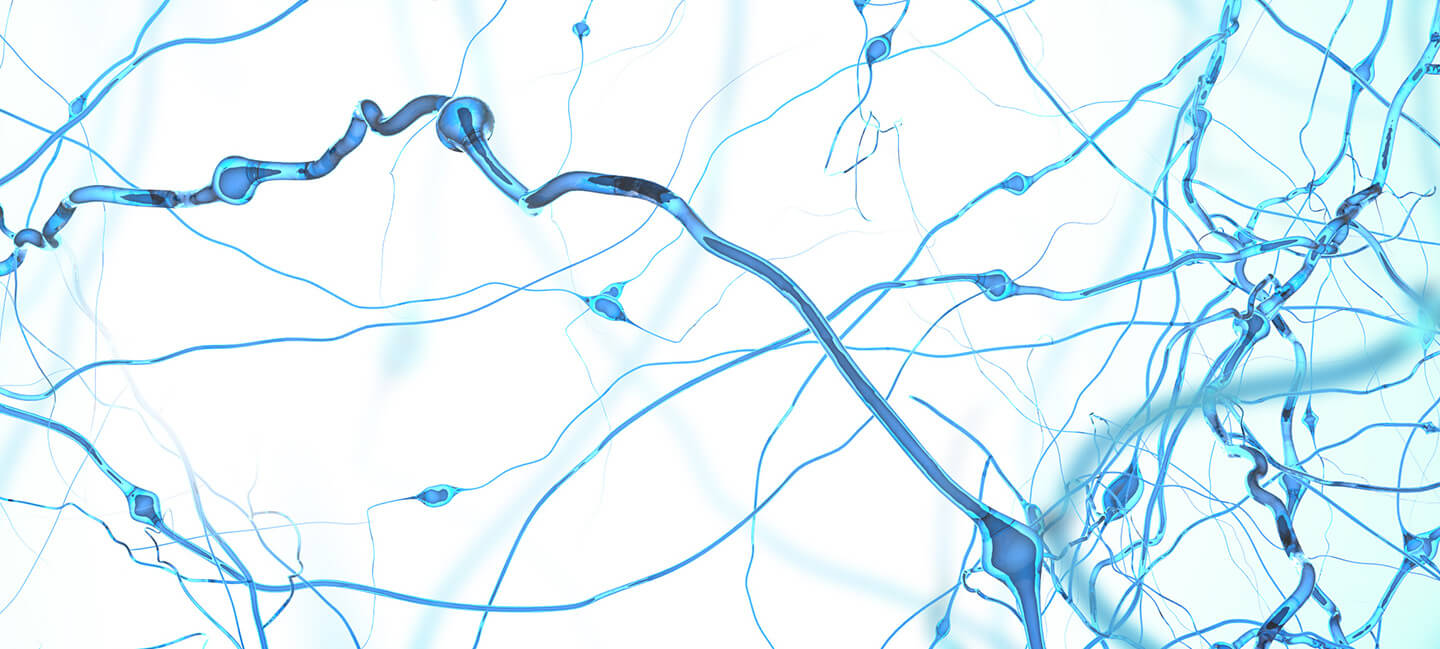Researchers Discover Potentially Targetable Brain Circuit Controlling Cocaine Withdrawal Anxiety and Relapse
Researchers Discover Potentially Targetable Brain Circuit Controlling Cocaine Withdrawal Anxiety and Relapse

In the past several decades, the field of addiction research has been revolutionized by new findings about the role of the neurotransmitter dopamine in affecting the brain’s reward pathways. For example, the powerfully addictive effects of cocaine have been linked to the release of dopamine in a brain structure called the nucleus accumbens. But knowledge about dopamine release has not yet provided the key to treating cocaine addiction.
One reason for this is that dopamine is released throughout the brain, and has a role in many functions and processes that affect a wide range of brain activities. It cannot simply be targeted brain-wide with drugs designed to inhibit its activity. Even within the circuitry implicated in addiction, dopamine has proven to have complex roles.
Untangling these different roles in the hope of finding highly specific targets for effective addiction treatments is among the objectives of research being conducted by Kevin Beier, Ph.D., of the University of California, Irvine. Dr. Beier is the 2020 BBRF Freedman Prize honorable mention for exceptional basic research and is a BBRF 2017 Young Investigator.
In a paper published in Cell Reports, Dr. Beier and colleagues say they have identified a specific circuit in the midbrain that controls a key aspect of cocaine addiction: the anxiety induced by withdrawal from the drug. They also found that a part of the same extended circuit is involved in a behavior called “reinstatement”: the urge during the drug-withdrawal state to seek and use the drug again.
Both discoveries could inform future efforts to develop novel treatments for cocaine and other forms of addiction.
Dr. Beier and his team note that addiction occurs in three distinct phases: initial drug exposure, which produces a feeling of reward; repeated administration, which leads to a tolerance or “sensitization” to the addictive substance; and withdrawal from the substance, which leads to anxiety and a negative emotional state—which, in turn, fuel the urge to find and take the drug again. Each of these phases involves dopamine neurons in the midbrain.
To understand how drug use and withdrawal contribute to long-lasting changes in behavior, say Dr. Beier and colleagues, “a more nuanced picture of how select midbrain dopamine cells contribute to specific aspects of behavioral adaptation” is needed.
In a series of experiments involving rodent models of cocaine addiction, the team was able to trace with great precision an extended circuit that extends from a midbrain structure called the BNST (bed nucleus of the stria terminalis) to another structure called the VTA (ventral tegmental area), and from the VTA on to the amygdala.
Even after a single exposure to cocaine, the team found elevated activation of a population of inhibitory neurons in the BNST. These neurons release the neurotransmitter GABA, and project to dopamine neurons in the VTA. This same pathway, in particular VTA dopamine neurons projecting to the amygdala, was also found to drive reinstatement—the urge during withdrawal to find and ingest more cocaine.
The team discovered that the portion of the circuit leading from the VTA to the amygdala was itself able to generate a general anxiety state in the addicted animals.
An equally important conclusion drawn by Dr. Beier and colleagues has direct implications for future therapeutic targeting of the circuit they discovered. “Our data show that the anxiety that develops after repeated drug exposure is facilitated by circuit elements that are independent of those that mediate drug reward or sensitization.”
The fact that reward and sensitization to cocaine are driven by different circuitry than circuitry the team identified as controlling withdrawal anxiety and relapse is a potential boon to therapeutic targeting because of the latter’s specificity.
“Pharmacologic intervention for psychostimulant abuse has remained elusive in part because drugs that target the entire dopamine system have many ‘off-target’ effects, including on the brain’s reward system,” the team noted. The researchers’ elucidation of the extended BNST-VTA-amygdala circuit that regulates withdrawal anxiety and reinstatement “suggests specific [circuitry] outside dopamine reward circuits that could be used as targets for development of addiction therapeutic agents to reduce the negative affect that develops during withdrawal as well as to prevent reinstatement/relapse.”


